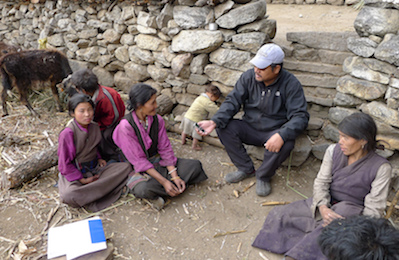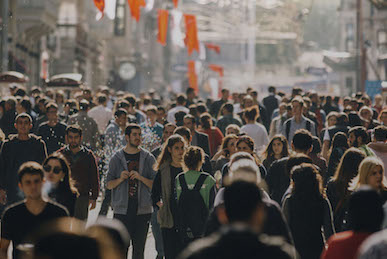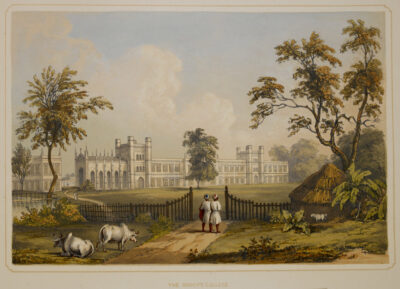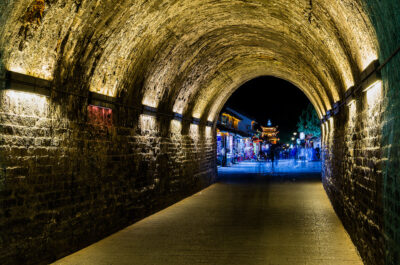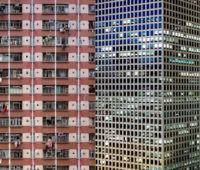Here I call attention to three kinds of institutions that I consider to be at the heart of urban inequality: politics, schools, and labor markets. The capacity for political participation is my core concern. Although I admire efforts to define the “just city,” I don’t really believe in this concept. I perceive justice to be […]
How can the core characteristics of big cities be mobilized to make human life more just and democratic? Premised on the centrality of urban space to human experience and the great challenges and opportunities produced by urban concentration across the globe, the Social Science Research Council’s initiative on The Decent City seeks to deepen understanding and improve practice by creating interactions among social scientists, humanists, architects, designers, and urban planners. The Cities Papers are thought pieces produced by scholars and practitioners from all these perspectives who participated in several gatherings to further shape the initiative’s agenda.
A “decent” city, in our usage, is not quiet, orderly, or predictable, each of which is alien to robust urban life. The term is meant to imply a site of reflection, research, and policy in a zone between more utopian reflections on the one side and highly focused instrumental policy considerations on the other. Substantively, it connotes cities in which built environments and the organization of space diminish and soften various dimensions of inequality and promote relations among diverse populations that are neighborly. We are deploying a spatial imagination to interrogate design, toleration, and inequality as key concepts and sites as we search for thresholds of urban decency and means to achieve them.
The State of Current Knowledge about Cities and Toleration
by Jennifer HochschildWe know several important facts about racial and ethnic dynamics in American cities, but I see no consensus on how important these facts are, how much they are offset by other facts, and how to evaluate them. We also know something about other forms of toleration in cities beyond race and ethnicity; it may be […]
Tolerance and Intolerance of Extralegal Habitation
by Liza WeinsteinWith urban growth outpacing the construction of new housing in many cities around the world, the shortfalls of affordable and adequate housing in the formal private and public sectors have been widely documented and analyzed. But less well understood are the diverse sets of informal, quasi-legal, and extralegal residential arrangements that fill the gap between […]
The Multiplicities of Urban Design
by Brent RyanI would like to begin with a couple of assertions. First, that urban design is a visual art, worthy of consideration as such with other arts: painting, sculpture, architecture. Accepting urban design as a visual art means that one also privileges urban design’s esthetic content as at least equal or superior to its other attributes, […]
Urban Design and Inequality: The Case of Urban Villages in China’s Megacities
by Xuefei RenI would like to discuss some of the major planning and design challenges over redeveloping informal settlements in China’s megacities. Specifically, I will focus on the settlement type of the “urban village,” which is commonly found in cities in the Pearl River Delta in southern China, where migrant workers rent rooms from farmers- turned-landlords and […]
The Spatial Dimensions of Inequality
by Paul JargowskyWhen we talk about inequality, we are usually referring, directly or indirectly, to the variability of the income distribution or some related characteristic like wealth or access to resources. The rapid increase in income inequality in recent decades is well documented and much discussed. In many ways, however, the day to day experience of inequality […]
Some Preliminary Thoughts on Inequality and Urban Space: Looking Back, Thinking Comparatively, Heading Forward
by Diane DavisPermit me to start with preposterously grand proposition: in the United States most of the research on the relationship between inequality and urban space has come primarily in the form of studies of how and why socially and economically marginalized populations are clustered in certain urban locations, thus concentrating poverty and magnifying its social, political, […]
The Politics of Spatial Inequality
by Margaret WeirIn the United States, the study of inequality has long been closely linked to the social geography of the city. For over a century, divisions of class, ethnic background, and race have given rise to distinctive spatial politics, first across neighborhoods; later, spanning the jurisdictional boundaries that segmented metropolitan America. In this memo, I briefly […]
Planning the Decent City
by Paul Goldberger“Planning the Decent City” presumes that the qualities that imbue a city with decency are ones that city planning and its corollary profession of urban design are capable of creating. It is not entirely clear that this is so, though the opposite condition—the absence of city planning—almost certainly assures that social justice, tolerance and economic […]
An Organizational Perspective on Social Isolation
by Mario Luis Small1. A different perspective on social isolation In 1987, William J. Wilson centered his argument about the consequences of deindustrialization and poverty concentration on the idea of social isolation. Wilson (2012[1987]) believed that the concentration of poverty in cities had created a population of low-income African Americans who lacked social connections, particularly to mainstream Americans. […]


